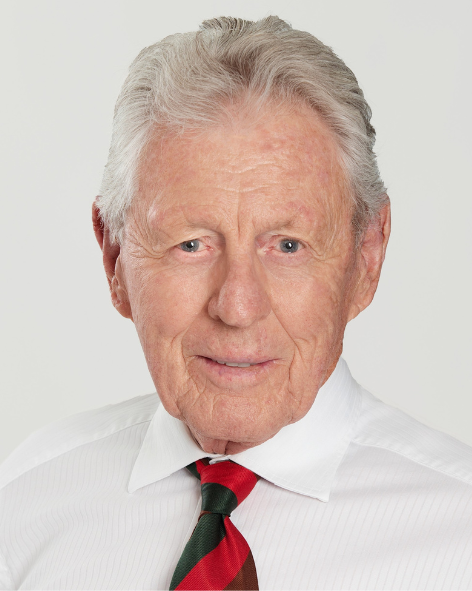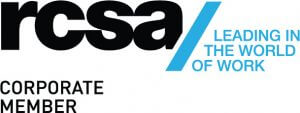
Colin’s Corner – April 2022 – Burnout – CD
“Tomorrow is always fresh, with no mistakes in it yet” – Anne of Green Gables by L.M. Montgomery
Have you ever felt like you cannot get out from under your current circumstances or situation? You are not alone. It is not easy sometimes, but I want to let you know that one day you will look back and it will seem so far away, as if you can’t even believe it happened.
In the book, Anne of Green Gables the main character is an orphan and has to constantly prove her worth to everyone she meets. She is smart, resilient, and has a wonderful imagination but most people just see a waif, someone that is not even worth acknowledging. But Anne fights back the best way she could with strong self-worth and appreciating those who do recognize her uniqueness and want to get around her special brand of light. However, she always knew she had more to give and excelled at whatever she put her hands to. She still had challenges and had bad days, but she would say this quote when things just got too hard.
“Tomorrow is always fresh, with no mistakes in it yet”
Take a moment to consider this. Today you may be facing something that is making you doubt yourself or playing havoc with your self-worth, but nothing lasts forever. This too shall pass. And if you are lucky enough to get a tomorrow then remember it is fresh and new and full of possibilities. You just have to look for it. You might be about to turn the corner, and everything changes for the better. You just do not know, but how much more possible does it make it, if you believe it is an option. I hope you take your new days with both hands and with all your heart and make the most out of it.




